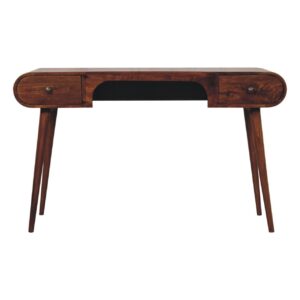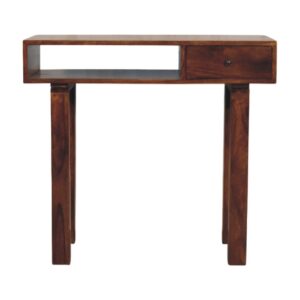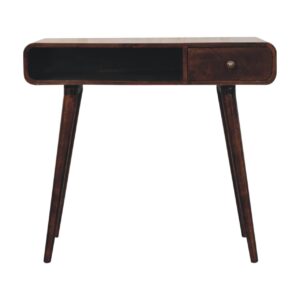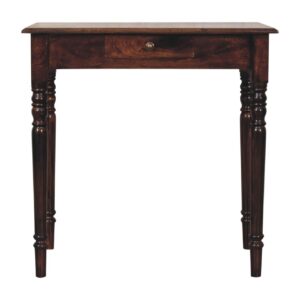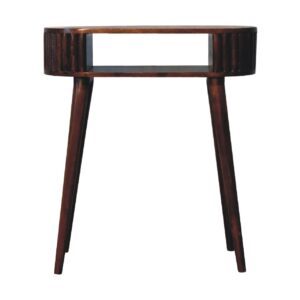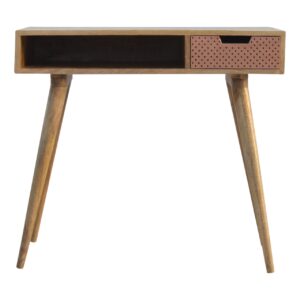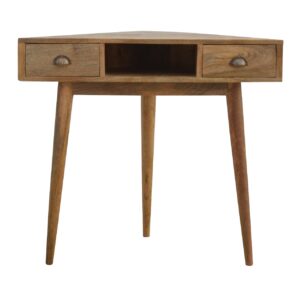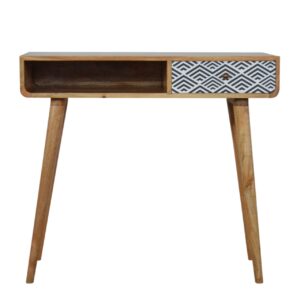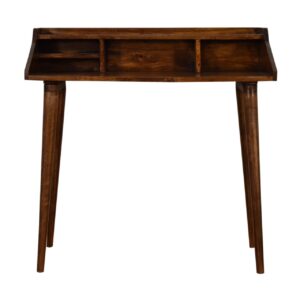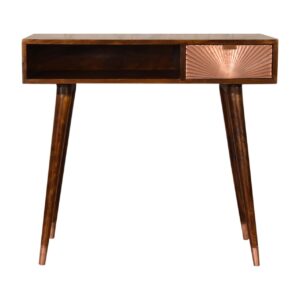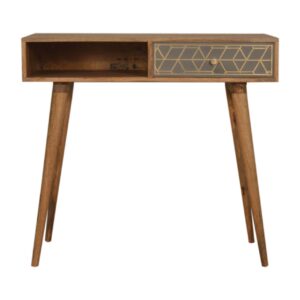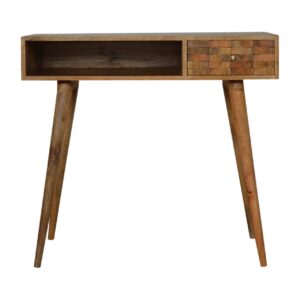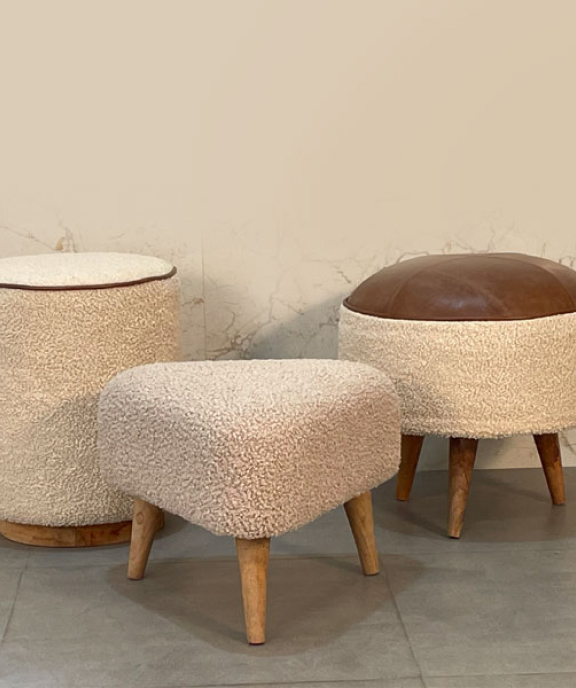In the evolving landscape of home office ergonomics, standing desks have emerged as a cornerstone for a health-conscious work environment. Selecting the right standing desk is pivotal to balancing comfort with productivity, and thus requires careful consideration.
This guide presents seven key tips to aid in the discerning process of choosing a home office standing desk. From assessing ergonomic features that support proper posture to understanding the long-term health benefits, these insights are meticulously curated for professionals looking to make an informed decision.
Additionally, we delve into measuring for space optimization, evaluating material quality, considering style and aesthetics, planning for your budget, and simplifying assembly and installation. This comprehensive approach ensures a selection that not only meets functional needs but also complements personal preferences and professional requirements.
Assessing Ergonomic Features
When selecting a standing desk for your home office, it is crucial to evaluate its ergonomic features to ensure comfort and prevent strain during extended use. Desk adjustability is a paramount consideration. The ideal standing desk should offer a range of heights to accommodate different body sizes and preferences. This not only promotes a better posture but also enables the user to alternate between sitting and standing, which is beneficial for long-term musculoskeletal health.
A desk that provides seamless and effortless adjustability allows for personalized ergonomic setups that can adapt to your daily needs. A standing desk should provide stability at various heights to avoid wobbling, which can distract and detract from productivity. Moreover, an adjustable desk should feature a control panel that is intuitive, allowing for quick adjustments without interrupting workflow.
Posture support goes hand in hand with adjustability. The right desk should facilitate a setup where the monitor is at eye level and the arms can rest comfortably at a ninety-degree angle. This reduces the risk of developing neck and back discomfort, ensuring that your focus remains on your work.
Investing in a desk with these ergonomic features can make a significant difference in your working comfort and overall health.
Measuring for Space Optimization
Space management is a critical factor in selecting the right standing desk for your home office, requiring precise measurements to ensure the desk fits comfortably within the allocated area. Before making a purchase, it’s essential to consider desk placement in relation to the overall layout of the room. Take into account not just the dimensions of the standing desk but also the additional space required for movement and access to other furniture.
To optimize your space, measure the specific area where you plan to place the desk. Factor in space constraints such as nearby shelves, windows, and doorways that may hinder the functionality or the range of adjustment of the desk. Remember that standing desks often have larger footprints due to their adjustable frames, so it’s crucial to account for this when considering your available space.
Consider the workflow around your desk as well. Ensure there is ample room to comfortably transition from sitting to standing without the need to rearrange other items constantly. An optimized space is not only about fitting a desk into a room but creating an environment that enhances productivity and maintains comfort throughout the workday.
Understanding Health Benefits
In addition to optimizing your workspace, selecting a standing desk can significantly enhance your physical well-being by encouraging more movement and reducing the risks associated with prolonged sitting. A standing desk’s adaptability allows individuals to alternate between sitting and standing, which not only combats the sedentary lifestyle but also promotes better circulation and calorie burn.
When considering health benefits, posture improvement is paramount. A well-designed standing desk encourages a neutral spine position, which is crucial for minimizing the strain on the back muscles and the spinal discs. This can lead to a decrease in back pain commonly associated with poor office ergonomics. Users should look for a standing desk that offers easy adjustability to ensure that the desk height aligns with their natural posture, whether standing or seated.
Desk durability is also a health consideration. A stable and robust desk will prevent wobbling, which can cause muscle strain as the body subconsciously attempts to maintain stability. A durable desk will also withstand the rigors of daily use, ensuring that the health benefits of a standing desk are a long-term investment in your well-being. Selecting a standing desk that balances durability with ergonomic design will provide both immediate and enduring health advantages for users.
Evaluating Material Quality
Assessing the material quality of standing desks is essential for ensuring durability and longevity in your home office setup. When selecting a standing desk, it is crucial to consider the type of materials used in both the frame and work surface. Durability testing, which often includes checking for resistance to scratches, heat, and moisture, can provide a clear indication of how the desk will withstand daily use.
The frame should be constructed from robust materials such as steel or aluminum to provide a stable foundation that can support the weight of your computer, accessories, and other essentials without wobbling or deteriorating over time. Examine the welding and joinery to ensure they are solid and precise, as these contribute significantly to the overall strength and stability of the desk.
Surface finish is another key aspect of material quality. A high-quality laminate or veneer should be smooth to the touch and resistant to spills and stains, ensuring easy maintenance and a professional appearance. If opting for a wood finish, look for desks with a thick, high-quality veneer or solid wood that has been properly sealed to prevent warping or damage from ultraviolet light.
Considering Style and Aesthetics
Beyond functionality, the aesthetic appeal of a standing desk is a pivotal factor, harmonizing with the overall decor of your home office. When selecting a desk, consider how the design elements reflect current design trends without sacrificing personal taste.
Desk color schemes play a significant role in this harmony. Traditional office colors such as blacks, browns, and grays offer a classic look that may blend seamlessly with a variety of decor styles. For a more modern or distinctive flair, consider the latest trends that incorporate subtle hues or bold statements with desk surfaces and frames.
The desk’s form, including its lines and contours, should complement the space without overwhelming it. A sleek, minimalist standing desk can impart a sense of order and professionalism, while one with more organic shapes may add a touch of warmth and creativity to your workspace.
Be mindful of the desk’s finishes and textures as well. A glossy finish can impart a chic, contemporary vibe, while a matte or wood-grain texture can bring a more traditional or rustic character to the office.
Ultimately, the choice of style should align with your personal brand and the image you wish to project, ensuring that the standing desk is not only a tool for health and productivity but also an integral part of your workspace’s visual and emotional appeal.
Planning for Your Budget
Allocating funds for a home office standing desk necessitates a balance between cost-effectiveness and the desired features to enhance ergonomics and productivity. When laying out your budget, consider desk longevity as a primary factor.
A standing desk is an investment in your health and work efficiency, and opting for a durable model can save money in the long run by avoiding the need for early replacement.
Begin by conducting a thorough price comparison across various brands and retailers. Look beyond the initial cost and evaluate the value based on materials, warranty, and user reviews. An inexpensive desk might be tempting, but it could lead to higher expenses if it requires frequent repairs or replacement.
To optimize your investment, factor in the cost of accessories that contribute to a fully ergonomic setup, like monitor stands or an anti-fatigue mat. These additional items should be accounted for within your overall budget.
Remember, a well-planned budget that prioritizes quality and functionality can lead to a purchase that not only satisfies your immediate needs but also stands the test of time, providing comfort and support throughout your career.
Choose wisely to ensure that your standing desk is a cornerstone of a healthy and productive home office.
Simplifying Assembly and Installation
Often overlooked, the ease of assembly and installation is a crucial consideration when selecting a home office standing desk. An intricate assembly process can be a significant deterrent for users who value convenience and time-efficiency. It’s essential to scrutinize the desk’s design for features that facilitate quick and straightforward setup. Look for desks that come with pre-assembled components or those that tout a tool-less assembly, reducing the complexity and time spent putting the desk together.
Desk mobility should not be sacrificed for the sake of easier assembly. Opt for a standing desk that offers both a user-friendly installation experience and the flexibility to move your workspace as needed. This dual focus ensures that your investment caters to both initial setup ease and long-term functionality.
The presence of installation tools included with the desk can be a game-changer. High-quality desks often come with the necessary tools, which are specifically designed for their assembly, thereby eliminating the need for additional purchases and ensuring a perfect fit. This attention to detail reflects a manufacturer’s commitment to user satisfaction and streamlines the installation process.
Frequently Asked Questions
How Do Standing Desks Impact Productivity for Different Types of Work, Such as Creative Tasks Versus Analytical Tasks?
Standing desks can enhance task efficiency in analytical work by reducing sedentariness, while also potentially fostering creative flow by facilitating movement and changes in perspective during creative tasks.
Can Standing Desks Be Comfortably Used by Individuals of All Heights, Including Those Who Are Particularly Tall or Short?
Standing desks with height adjustability and ergonomic design accommodate individuals of varying statures, ensuring comfort and productivity for both tall and short users through tailored positioning that aligns with their ergonomic needs.
Are There Any Standing Desk Options That Are Easily Portable for Those Who Frequently Change Work Locations?
Yes, there are standing desk models designed for portability, emphasizing lightweight construction and setup simplicity to accommodate professionals who need to transition between different workspaces with ease.
How Do Standing Desks Integrate With Existing Office Technology, Such as Cable Management Systems or Monitor Mounts?
Standing desks often feature design elements that support desk ergonomics and tech compatibility, including integrated cable management systems and adaptable monitor mounts to enhance user experience and maintain an organized workspace.
What Is the Expected Lifespan of a Standing Desk, and Are There Warranties or Service Plans Available to Cover Potential Repairs or Replacements?
The lifespan of a standing desk typically ranges from 5 to 10 years. Most manufacturers offer warranties, and maintenance tips can extend durability, ensuring long-term functionality and reducing the need for repairs or replacements.


